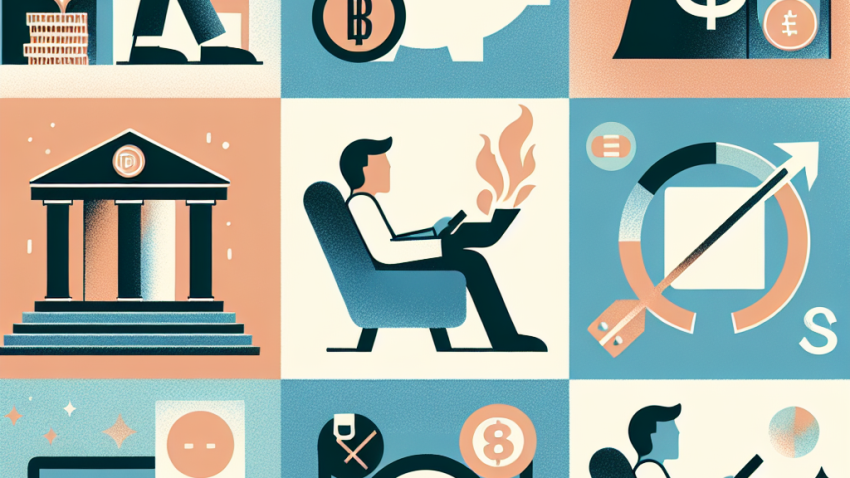
Why Are Young People Abandoning Traditional Banks?
The Hidden Costs of Banking: What Consumers Deserve to Know
Picture this: you open your bank statement expecting the usual — a few minor transactions, your direct deposit, maybe a cup of overpriced coffee — and then bam, there it is. A maintenance fee. A withdrawal fee. A “processing fee” for moving your own money. You didn’t see it coming, and yet, there it is, week after week. Let me just say it plainly — the modern banking system is a minefield of hidden costs, and consumers are paying the price, silently, transaction by transaction.
Hi, I’m Eleanor “Ellie” Cartwright — policy watchdog, consumer advocate, and the woman who once read a 117-page privacy policy just for fun (and outrage). Today we’re cracking open the vault on hidden banking costs and exploring what you, the people, need to know to stop bleeding money in silence.
What Are Hidden Banking Fees?
You might think banks make most of their money from interest on loans — and you’d be partially right. But oh, the hidden fee game runs deep. These sneaky charges are often buried in the fine print, cleverly phrased in legalese, and introduced with the quiet solemnity of a whisper at your grandma’s funeral.
Common Hidden Fees That Hit Your Wallet Hard
- Monthly maintenance fees: Charged just for having an account. Sometimes avoidable if you meet certain criteria — but not always easy or fair.
- Overdraft and NSF (non-sufficient funds) fees: Can hit $35 or more in a single transaction.
- ATM fees: Using an out-of-network machine can rack up $3 to $7, like a toll booth just to see your balance.
- Foreign transaction fees: A 1–3% fee on purchases made outside the U.S., which can sneak up on you during travel or online shopping.
- Paper statement fees: Some banks charge you just to send a physical statement — a dollar or two for a piece of paper you didn’t ask for.
Sounds like a lot, right? It is. According to a 2023 report by the Consumer Financial Protection Bureau (CFPB), U.S. banks collected more than $30 billion in overdraft and NSF fees alone. Yes, that’s billion, with a ‘B’.
Who Is Most Affected by These Fees?
Short answer? The people who can least afford it. Hidden bank fees disproportionately affect:
- Low-income consumers who keep lower balances and are more likely to overdraw.
- Young adults who are new to managing finances and may not fully understand fee structures.
- Unbanked and underbanked individuals who rely on prepaid debit cards and check cashing services with their own hidden costs.
This is not just a financial issue — it’s a justice issue. These fees perpetuate cycles of poverty and penalize the vulnerable for being, well, vulnerable.
Why Banks Get Away With It
Because they can. The current financial regulation framework allows banks to impose a dizzying array of fees as long as they disclose them — somewhere, in some font smaller than your last cell bill. That counts as “informed consent” under the law. But let’s be honest — who among us has the free time and legal expertise to dissect a 40-page account agreement?
And while institutions like the CFPB do terrific work promoting fee transparency and enforcing penalties for egregious behavior, loopholes remain. Many banks use vague language or bury disclosures deep in user agreements. Worse, they often shift fee structures without adequate notice.
What Regulation Is Doing — and Not Doing
There’s good news on the horizon. In early 2024, the CFPB proposed a rule to limit overdraft fees to a “reasonable and proportional” amount, defined roughly as $3 to $14 instead of the industry average of $35. But guess what? The banking lobby is not pleased. Expect resistance and protracted negotiations.
While some states have implemented stricter consumer protection laws, federal legislation is still playing catch-up. More action is needed, such as:
- Requiring clear, plain-language breakdowns of all fees at account opening.
- Implementing a standardized “fee disclosure box” — think of it as a nutrition label, but for your finances.
- Blocking banks from altering fee structures without prominent, written notice at least 30 days in advance.
Until then, it’s up to us — yes, you and me — to stay vigilant.
How You Can Protect Yourself Today
You don’t need a law degree to fight back. Here’s how to reclaim control of your financial relationship with your bank:
1. Know Your Bank Inside and Out
Log into your account and download the fee schedule. Yes, it’s boring, but it’s also revealing. Identify what you’re being charged for and when. Check if there’s a lower-fee or fee-free version of your current account.
2. Compare and Switch If Necessary
There are many banks and credit unions out there that offer transparent, low-fee accounts — or none at all. Consider online banks and credit unions, which often have better terms since they operate with less overhead.
3. Set Up Alerts
Use your mobile banking app or dashboard to set up low balance, overdraft, and charge notifications. Knowledge is power, especially when delivered to your pocket in real time.
4. Ask and Negotiate
This might surprise you, but banks play ball more often than you’d think. If you’ve been charged a fee, call and ask to have it waived — especially if it’s your first offense. Be polite, be firm, be the charming vigilante every call center agent won’t forget.
Where Advocacy Comes In
Educated individuals can change their own outcomes — but equitable outcomes for everyone require systems change. That’s where consumer advocacy steps up. Whether it’s pushing for greater transparency, lobbying for better regulation, or exposing unfair practices in the press, advocacy ensures that banks are not just chasing profits — they’re held accountable.
Organizations like Better Markets, the National Consumer Law Center, and our very own team here at Financeone are on the front lines of this digital-age banking standoff. And we want you with us.
The Bottom Line
Hidden banking fees are a scourge on the modern consumer, disproportionately affecting the people who can least afford them. Transparency, fairness, and accountability must become the pillars of our financial systems if we are to live in a truly equitable economy.
You have a right to understand your money — and to keep it, too.
If you’ve ever felt nickel-and-dimed by your bank or confused by the labyrinth of financial fine print, you’re not alone. And you’re not powerless.
Let’s change the system — one awareness, one policy, one refused fee at a time.
Need help understanding your fees or advocating for yourself with your bank? Reach out to us on our contact page. We’re here to help.

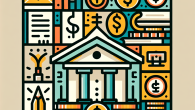


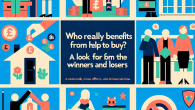

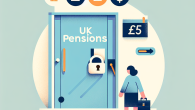
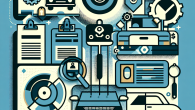
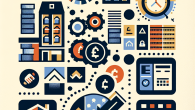
Leave a Reply